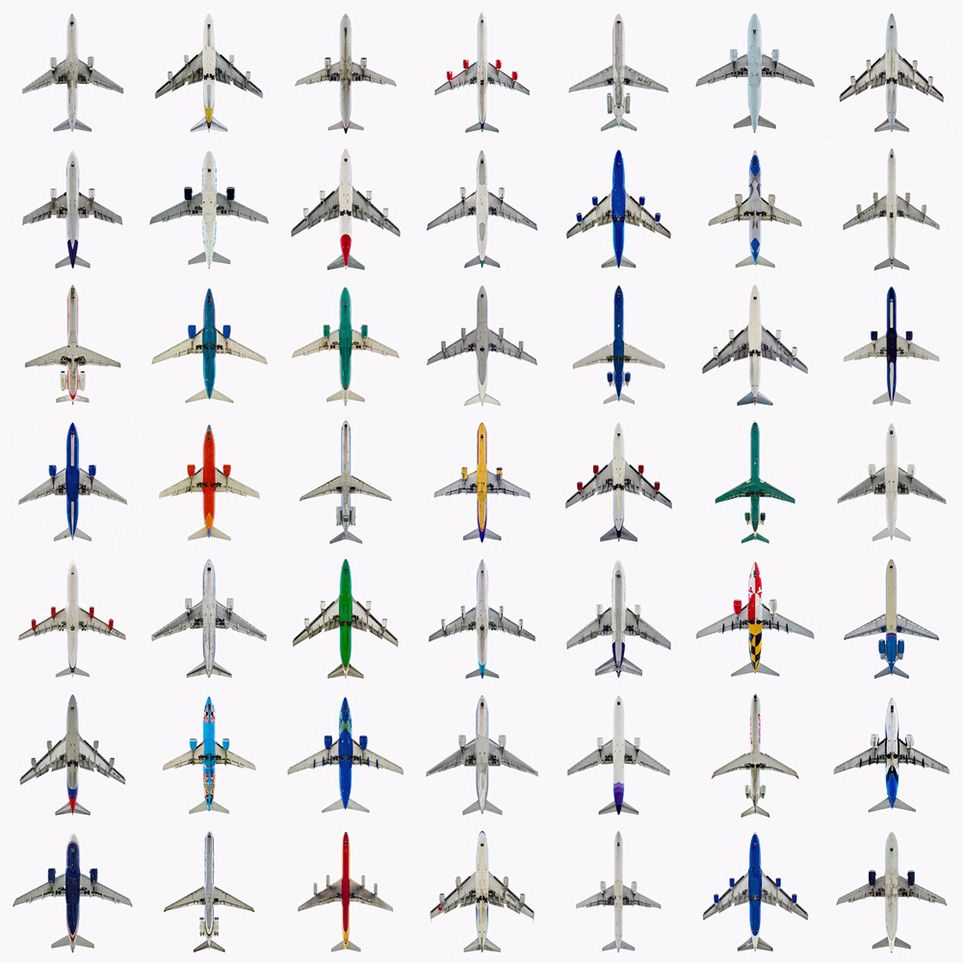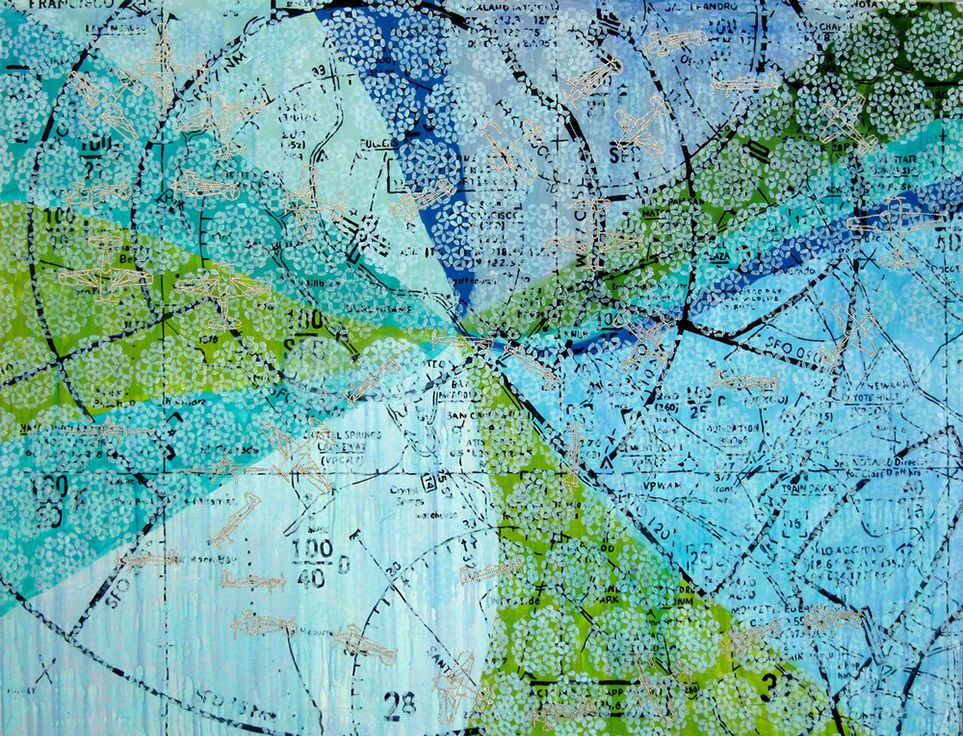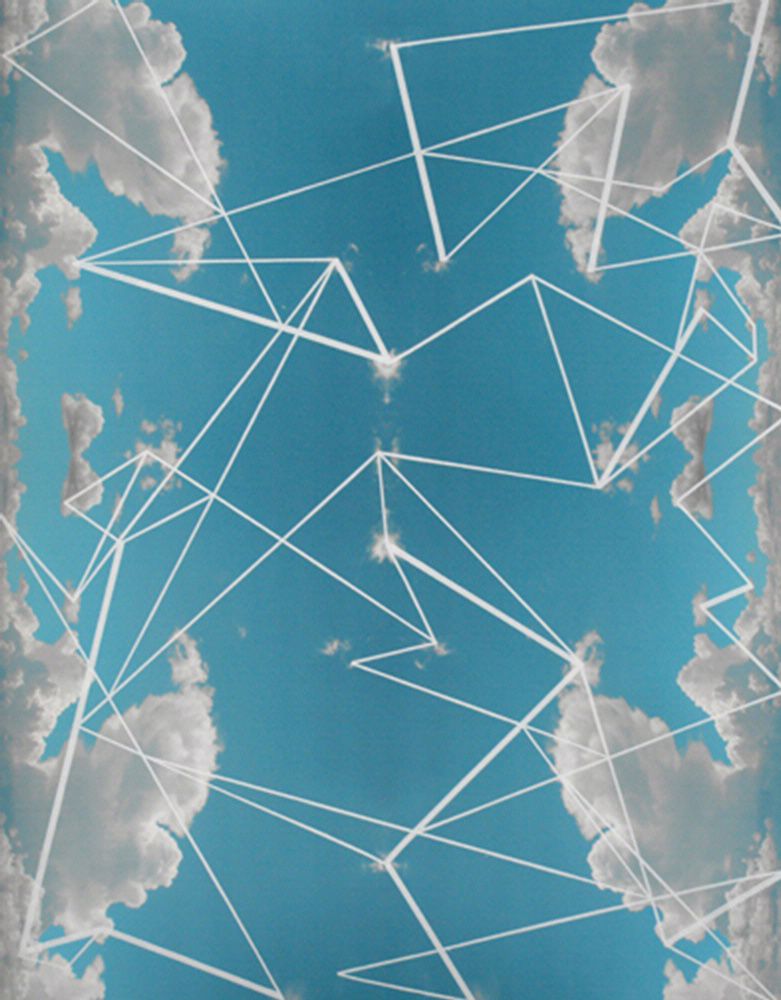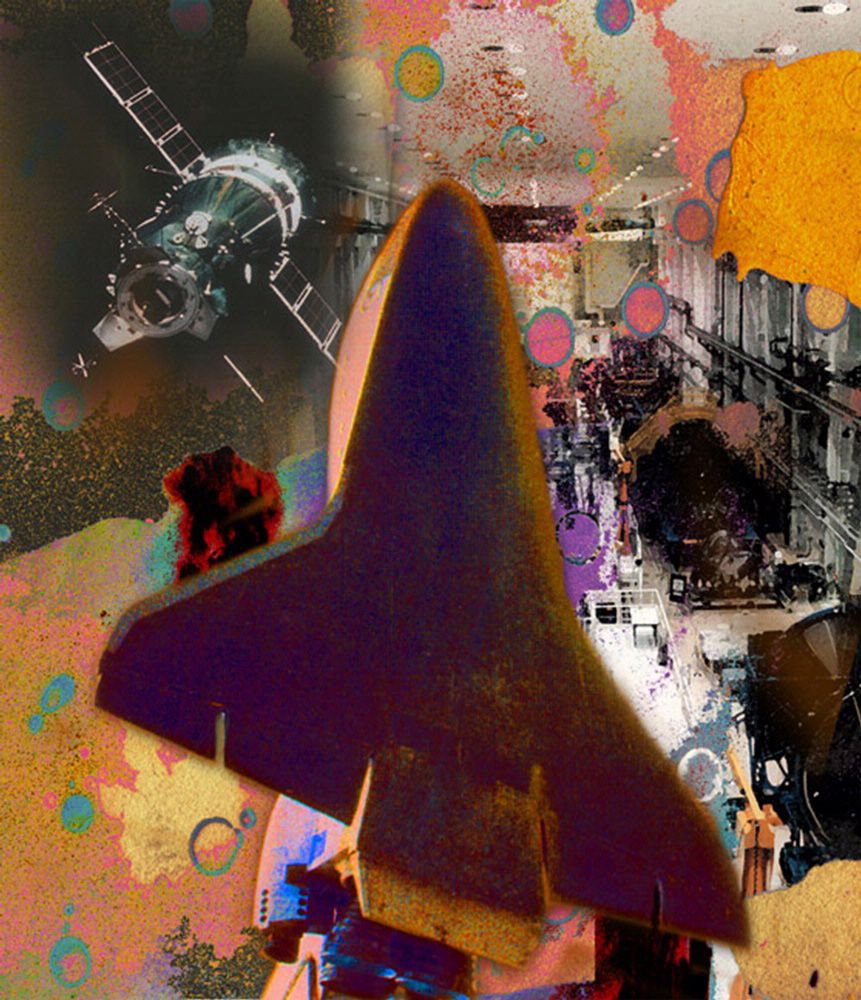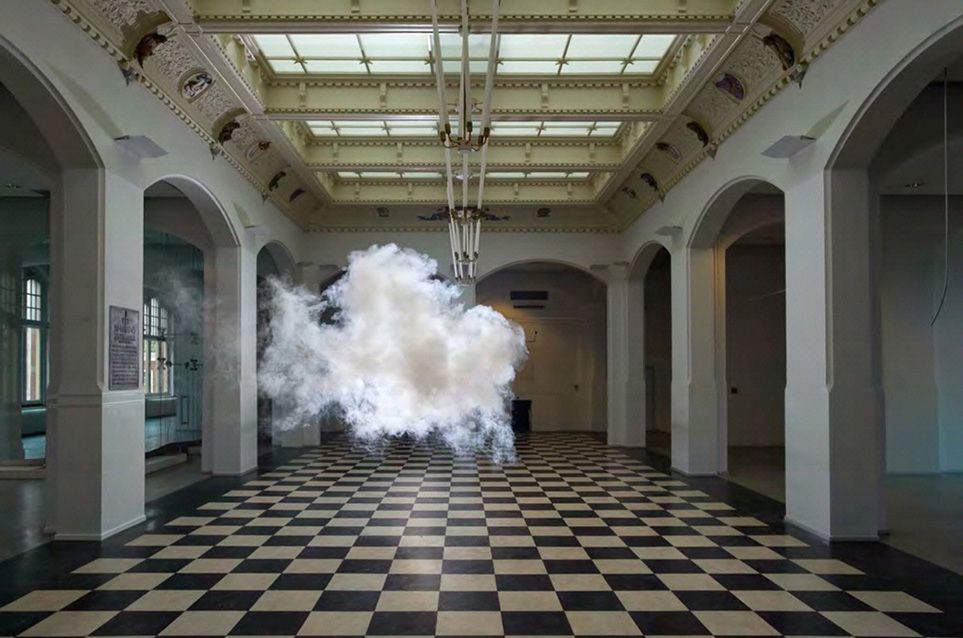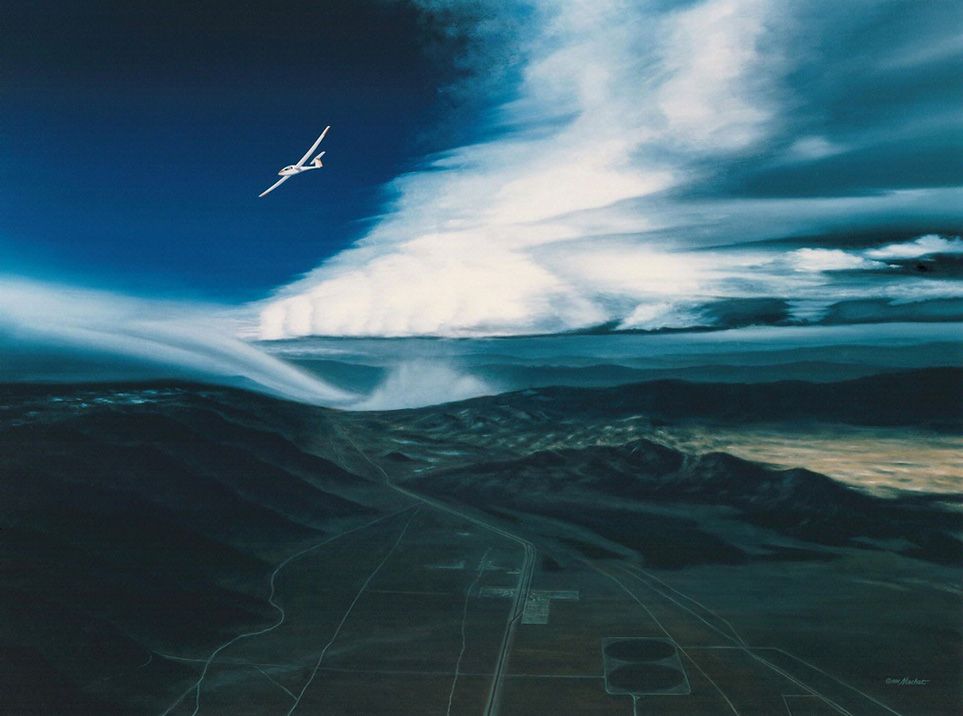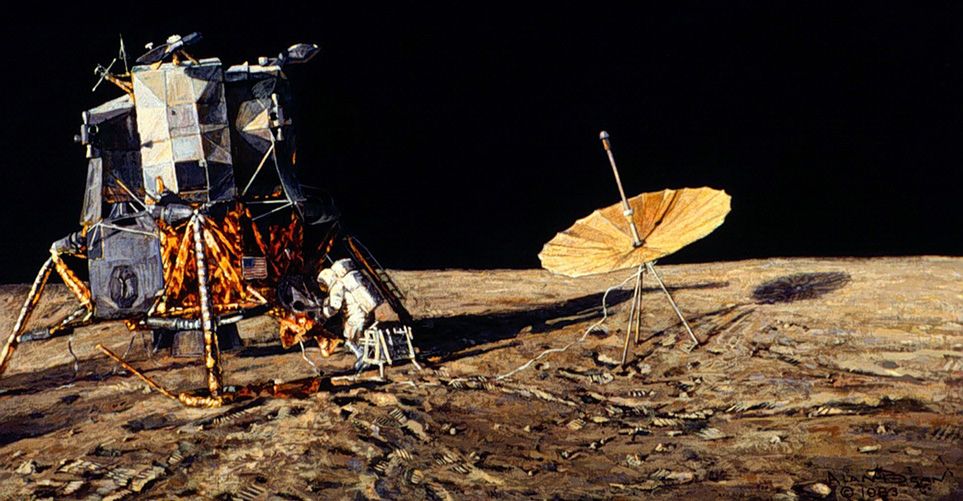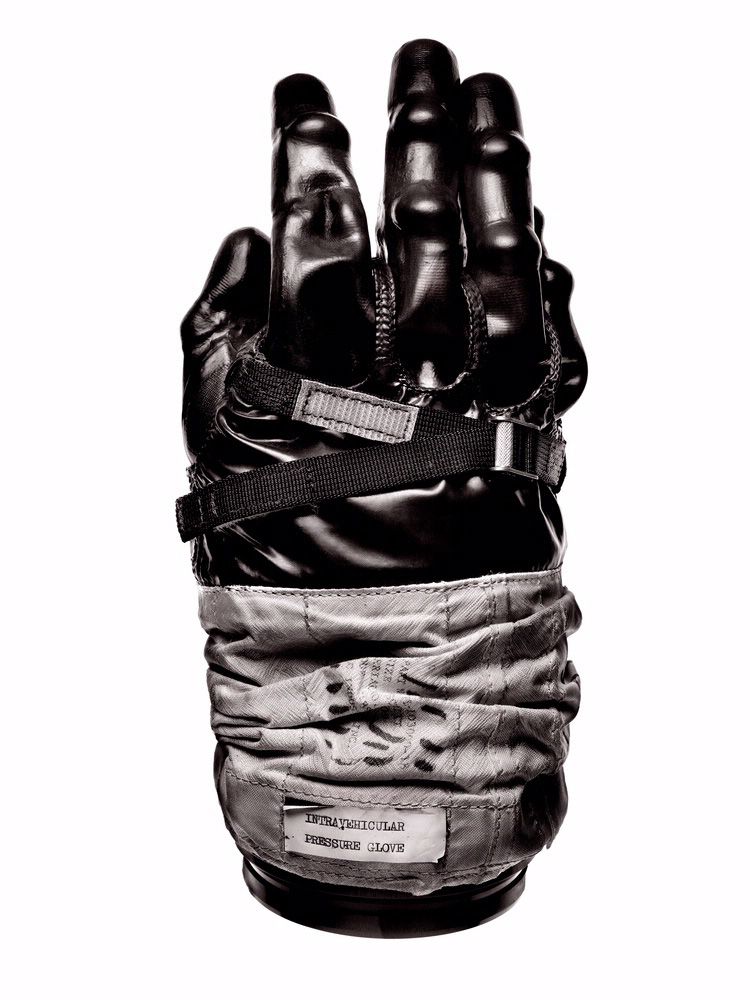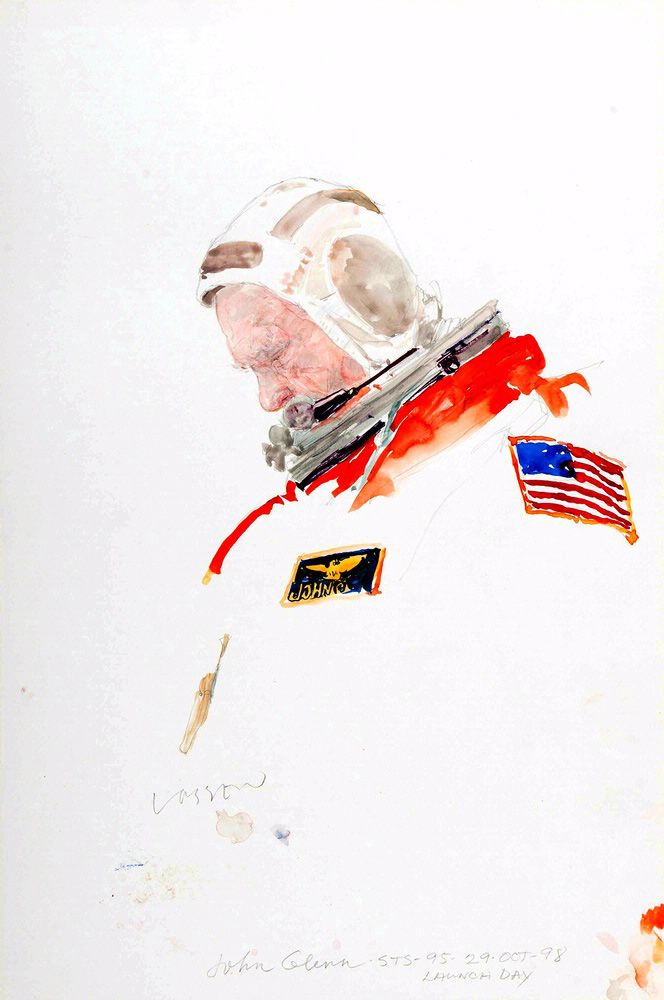Ten Years of Flying High with Air and Space Art
The Air and Space Museum showcases the art of air and space. Check out photos of some of the works here
Before the first satellites launched into space, before man stepped on the moon and before NASA even existed, artist Chesley Bonestell had already taken a giant leap for mankind. In 1944, Bonestell’s photograph-like paintings of Saturn from the perspective of its various moons appeared in Life magazine, entrancing Americans and providing inspiration for the future space program.
Four decades later, the Washington Post would call Bonestell the “dean of space,” praising him for his almost unnerving accuracy. His paintings of Saturn and Jupiter hardly differed from the photos taken decades later by the Voyager spacecraft as it traveled the universe in the 1970’s and 1980’s. Frederick C. Durant III, a former assistant director of the National Air and Space Museum, told the Washington Post: “While others argued about the possibility of rockets and spacecraft traveling to the moon and planets, Bonestell showed us what it would all look like when we got there.”
So influential was the artist that some have speculated that he may have played a direct role in the creation of the space program. Joseph Chamberlain, a former director of Chicago’s Adler Planetarium is one. “Without Bonestell and his early space age artistry,” Chamberlain once said, “the NASA era might have been delayed for many years, or it might not even have happened at all.”
A new exhibit at the Air and Space Museum explores a side of space-age technology that is not usually touted—space art. “High Art: A Decade of Collecting,” which opens Friday, showcases 50 works of art that the museum has acquired since 2003, all inspired by space exploration and flight. The exhibit is organized by theme: Visions of Flight, Faces of Flight and Looking Back. With paintings inspired from the vantage point of aerobatic fliers to portraits of such luminaries as John Glenn and Carl Sagan to early drawings by Chesley Bonestell, the artworks not only document significant moments in the history of space exploration and technology, but also provide a unique perspective.
“A reason for why we collect art,” says one of the show’s curator Carolyn Russo, “is to picture the machinery in our collection through artists’ eyes.” Among the collection is a 1963 sculpture by Max Finkelstein of a space probe that could collect samples to be brought back to Earth for analysis.
“His idea is that the probe would pick things up with this kind of scoop and then shoot it down the back and back to Earth,” says Russo, “and so it was a very early visualization of what some of the probes might look like.”
Other works in the exhibit include: Photographer Jeffrey Milstein’s pictures of the underside of different airplanes as they landed (above): Annie Leibovitz’s photographic portrait of Eileen Collins, the first woman to pilot a space shuttle; a series of digital collage photographic art by Fran Forman that depicts surreal images of flight; a photo of a manmade cloud in an elegant, but empty, room in London by Dutch artist Berndnaut Smilde; and several old posters and advertisements for early space flight.
The Space Age has come a long way since Bonestell’s paintings made their foray into popular culture, and as space technology has advanced, so has space art. In some ways, the focus has shifted from the inside looking out to the outside looking in. Inspired by the view of the Earth from space, artist Angela Manno, whose mixed media works “Discovering Fire” and “Being Whole” appear in the exhibiting, makes a statement about humanity’s place in the cosmos and our effect on the Earth.
“When the astronauts are in space and seeing Earth from afar, they’re able to see Earth as this beautiful blue marble of life and how everything is—can be—equal,” says Russo.
